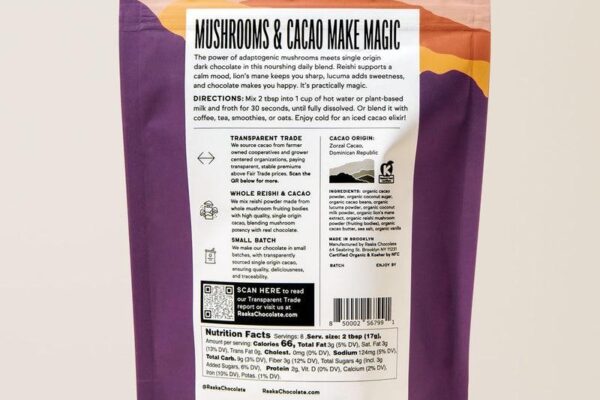Blog
How to Brew Chaga Mushroom Tea
Chaga mushroom tea can provide numerous natural compounds with health-promoting benefits, making it one of the best superfoods around. Chaga grows on birch trees and is commonly made into tea to take full advantage of all it offers. Learn how to prepare this unique beverage and unleash its power!
Brewing chaga mushroom tea is relatively straightforward and can be done in numerous ways, depending on your desired result and type of chaga you have on hand. When making tea from fresh or dried chaga plants, larger pieces will contain more nutrients than their smaller counterparts; additionally, boiling temperature water can destroy some beneficial compounds found within it and therefore it is generally recommended that no boiling temperature has reached.
When harvesting freshly harvested chaga, it is crucial that it is done so in winter or fall when its activity and nutritional content are at their highest point. When gathering it sustainably it should not harm or over-harvest the plant; additionally it would be ideal to find one without insect infestations or bug bites.
Once the chaga has been collected, it should be cleaned and chopped into smaller pieces so as to facilitate easier brewing and ensure an even distribution in each cup of tea. After being boiled in water for approximately one hour, its liquid remains are then strained out before being added directly into either warm or iced tea beverages for consumption.
Chaga tea boasts an aromatic profile that differs significantly from that of culinary mushrooms. Generally tasteless with a subtle woody scent reminiscent of mild tea, coffee (minus caffeine) or even roasted chicory.
Chaga tea can be served hot or cold and may be sweetened with either raw honey or maple syrup for optimal taste. Chaga can also be stored in the fridge for up to 14 days for optimal preservation.
If you find yourself with extra chaga, it can be reused multiple times by simply adding fresh water and simmering again. In fact, it is recommended that the same piece be brewed multiple times until its color no longer shows in the water. You can then either use the leftover chaga for another recipe or grind it down into fine powder to add to garden compost piles.
Chaga can also be soaked in alcohol to make a tincture; however, this process can be both time consuming and expensive when done on your own and does not produce as high of quality of product as tea made from fresh or dried chaga. Furthermore, children may have difficulty with drinking alcohol extracts directly; thus ensuring you only purchase high-quality extract powders when purchasing this potency superfood.



